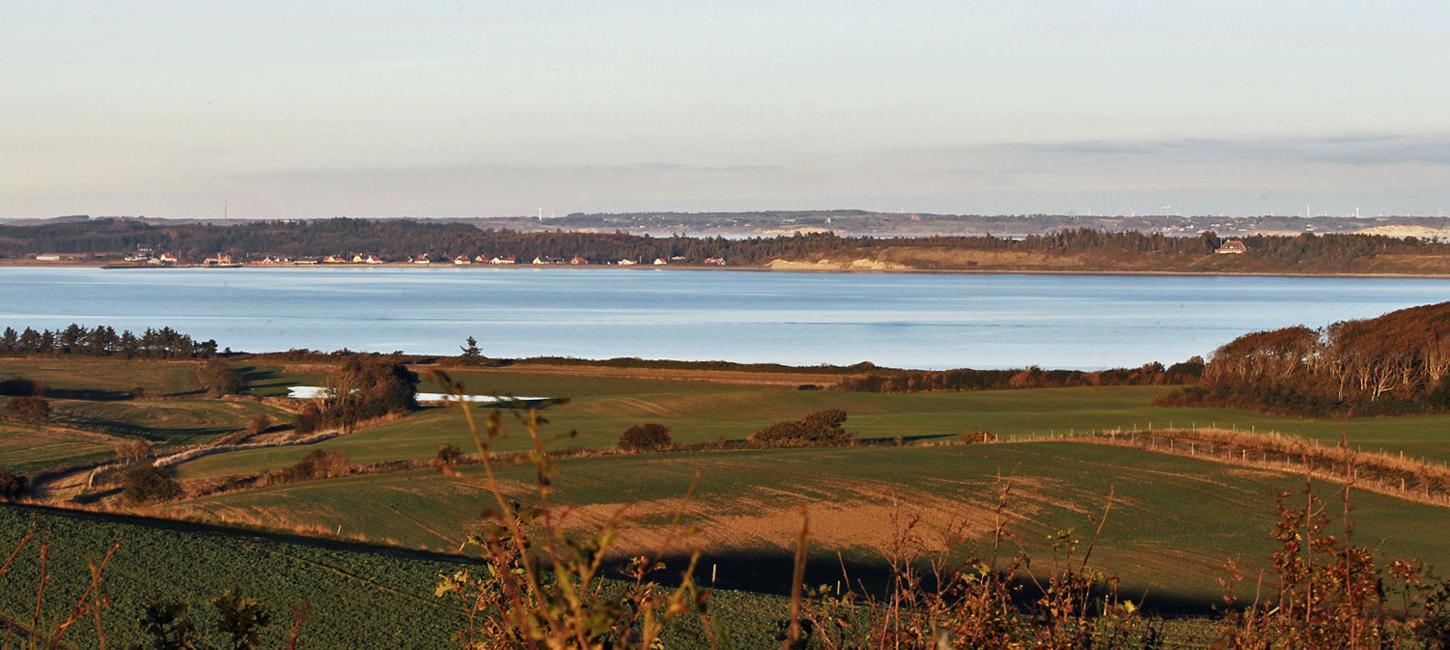
Natura2000 Venø - Venøsund
Nørskov Vig on the northern tip of Venø island, Venøsund (Venø sound) and the tidal meadows on the mainland west of Venø have considerable natural value with a rich birdlife and many stony reefs. The inhabitants of the island are keen to protect these assets in a sustainable fashion.
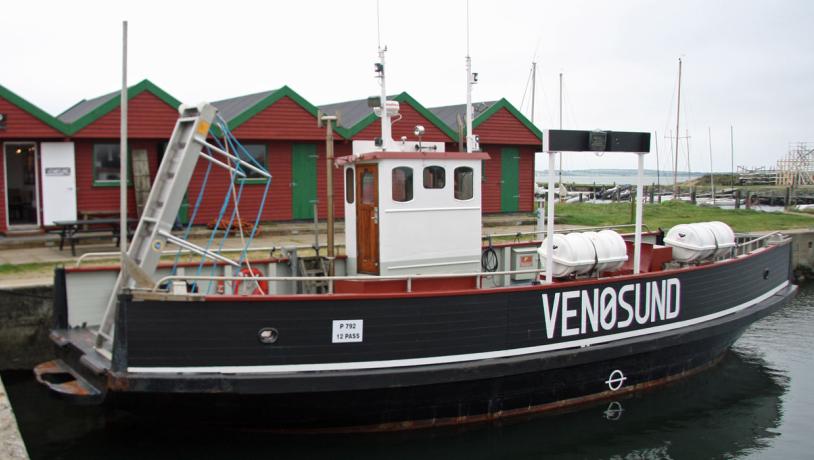
Photo:Geopark Vestjylland
Natural Assets
Venø Island is 8 km long, up to 1.5 km wide and is located just north of Struer in the southern part of Limfjord. The 2.926 ha Natura 2000 area has been selected to protect the extensive tidal meadowlands, coastal and marine types of nature and the migrating and breeding population of birds. Marine areas comprise 95% of the total. There are also tidal meadows and sand dunes at Humlum and along the west coast of Venø. Most of Venø itself is not included in the Natura 2000 area but has a cultural history and experience-related connections to it. Only 2 ha of the land area are publically owned.
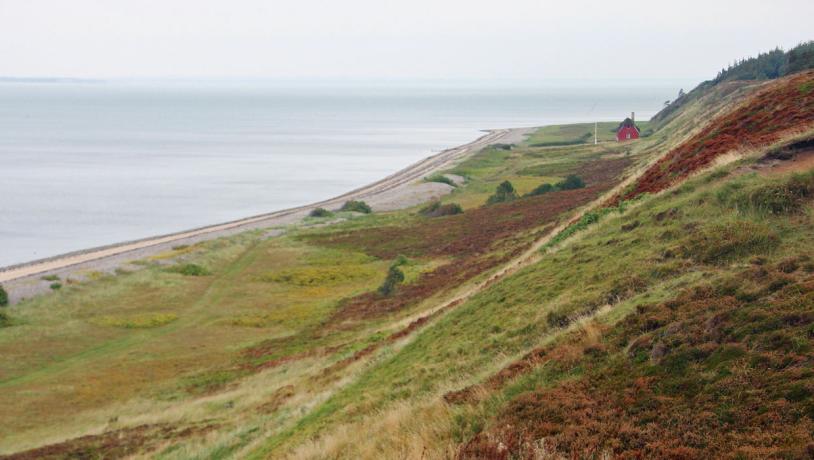
Photo:Geopark Vestjylland
A considerable part of the area´s status as a Natura 2000 site is the presence of avocets and little terns that breed mainly at Nørskov Vig that is also a Nature and Wildlife Reserve with restricted access. There are also light-bellied brent geese that forage here in transit to breeding places on Svalbard and northeast Greenland. Migrating visitors also include goldeneyes and red-breasted mergansers. Venø Bugt is also a particularly valuable location for these birds during hard winters because the current conditions mean that there are commonly ice-free areas of water.
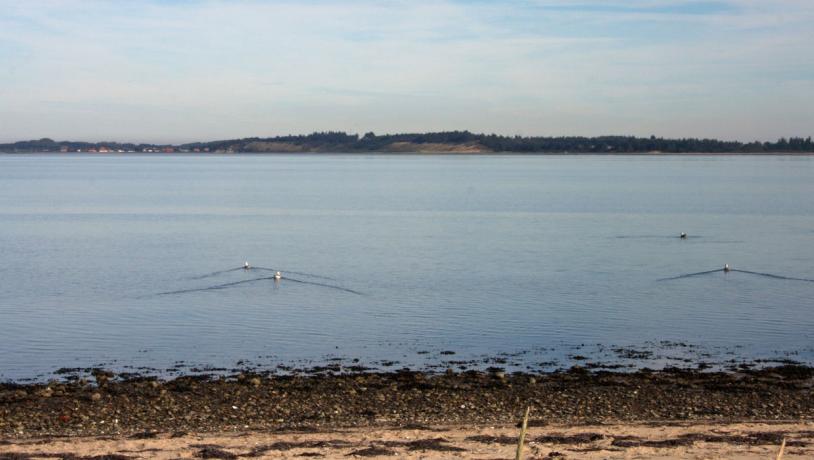
Photo:Geopark Vestjylland
Within the marine area there is a total of 113 ha of stony reefs, and Nørskov Vig at the northern tip of Venø comprises 113 ha of coastal lagoons and beach lakes. Harbour seals breed at Bradser Odde at the northeast point of Venø. The numbers of seals has varied over the years, but surveillance in the period from 2006 to 2012 indicates that the population was stable. A feature of much of Venø outside the Natura 2000 area is the large number of pheasants that are put out during the hunting season. A threat against both the Natura 2000 area and the rest of Venø´s nature area is overgrowth due to the spread of in particular rosa rugosa, lodgepole pine (Pinus contorta) and the invasive moss Campylopus introflexus.
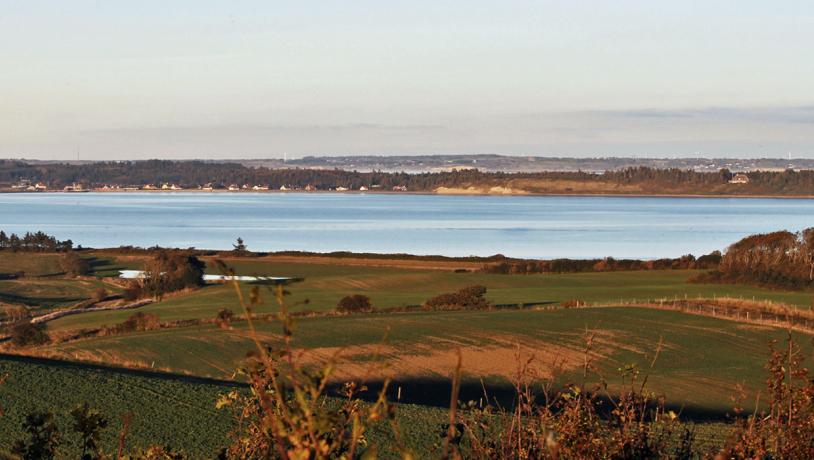
Photo:Søren Raarup
Open Air Activities, Communication and Cultural History
The resident committee on Venø (Venøboen) is keen to develop tourism on the island, focussing on nature, cultural history, food and the possibilities for out door activities. The old ferry to the island is operated and maintained by volunteers who are willing to provide guided sea trips in the vicinity. A new recreational system of marked paths is being prepared with informative posters. Gastronomically there is focus on lamb, potatoes and oysters that are all produced locally. The island has a 6th form college which focuses on surfing, sailing, nature and open air activities; there is also an authorship line.
Samarbejde med Geopark Vestjylland
Venøboen residential committee and the geopark have entered an agreement that includes experiences for local people and tourists, the establishment and improvement of paths and related facilities, communication of local history and the island´s culture, education of local guides and the communication of geopark information.